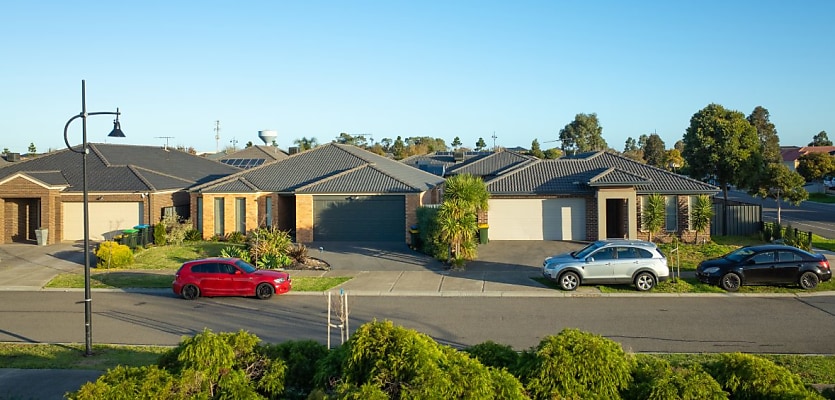Launched to give first home buyers a leg-up, experts warn that the Home Guarantee Scheme (HGS) may ultimately push first-time buyers further out of the market as prices and demand ramp up.
The impact of the Home Guarantee Scheme could see first home buyers left in a worse position despite the scheme being designed to help them enter the market, according to a report from Lateral Economics for the Insurance Council of Australia (ICA).
Following the government’s expanded First Home Guarantee, the ICA said lower-income earners will face even more difficulties in entering the property market as the scheme will likely increase house prices.
While the scheme is intended to make it easier for Australians to purchase their first home, an analysis of the government policy by economic consultancy Lateral Economics showed that we may see the opposite effect.
The Treasury estimated the scheme could see property prices rise by 0.5 per cent over the next six years, while ICA estimated a significantly higher figure, predicting that some areas could see up to a 10 per cent rise.
Under the new scheme, for a $700,000 home, the report found that while a first home buyer may save $21,000– $28,000 in lenders mortgage insurance (LMI), the value of the property could rise between $37,100 and $69,300.
Following the pattern, prospective buyers would find themselves priced out of the market and having to add between $16,100 and $41,300 to home prices, compared to the current conditions.
With property price rises far outstripping the savings from avoiding LMI, Lateral Economics predicts that around 6,500 potential buyers will be priced out of the market in the first year of the scheme alone.
According to ICA, while the HGS changes are expected to bring forward up to 40,000 first home buyers, the scheme will benefit those who already intend to buy a home through other means and actually harm those they are designed to help.
The report predicted that home ownership will only see a minimal jump from 66 per cent to 67.2 per cent over five years.
ICA CEO Andrew Hall said that schemes designed to assist first home buyers should effectively support people who genuinely need them.
“While well-intentioned, the Lateral Economics modelling makes clear that many first home buyers will be worse off under this plan, at least in the first few years of the expansion,” Hall said.
“It is a concern that an outcome of the expansion will be price increases greater than what people would have paid under LMI.”
While the HGS changes have been mostly positively received, some peak bodies have raised concerns over the lack of supply on an already strained market.
The Real Estate Institute of Australia (REIA) said that increasing housing stock remains central to solving Australia’s affordability crisis.
REIA president Leanne Pilkington said that while support for first home buyers is vital, balancing these supports with supply-side measures is integral to the housing market.
“Policies that boost supply and provide targeted support for entry into the housing market are essential,” Pilkington said.
Property Council of Australia chief executive Mike Zorbas said that the scheme will need to be monitored and adjusted in the long term to protect house prices.
“Scheme design will need to be carefully reviewed on a regular basis from 1 July 2026 to ensure key housing markets do not overheat,” Zorbas concluded.
ABOUT THE AUTHOR

Mathew Williams
Born in the rural town of Griffith NSW, Mathew Williams is a graduate journalist who has always had a passion for storytelling. Having graduated from the University of Canberra with a Bachelor of Sports Media in 2023, Mathew recently made the move to Sydney from Canberra to pursue a career in journalism and has joined the Momentum Media team, writing for their real estate brands. Outside of journalism, Mathew is an avid fan of all things sports and regularly attends sporting events across Sydney. Get in touch at







You are not authorised to post comments.
Comments will undergo moderation before they get published.